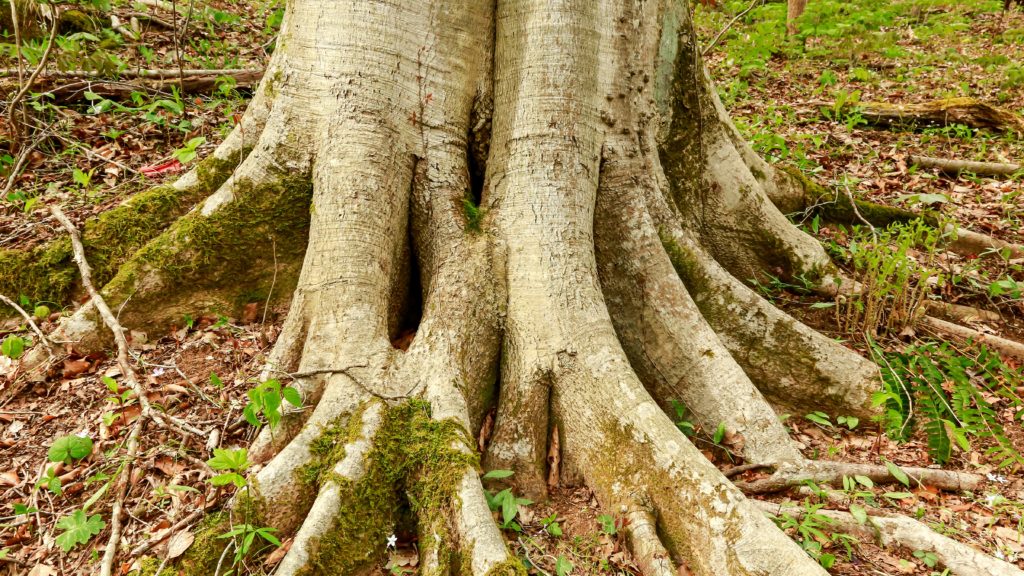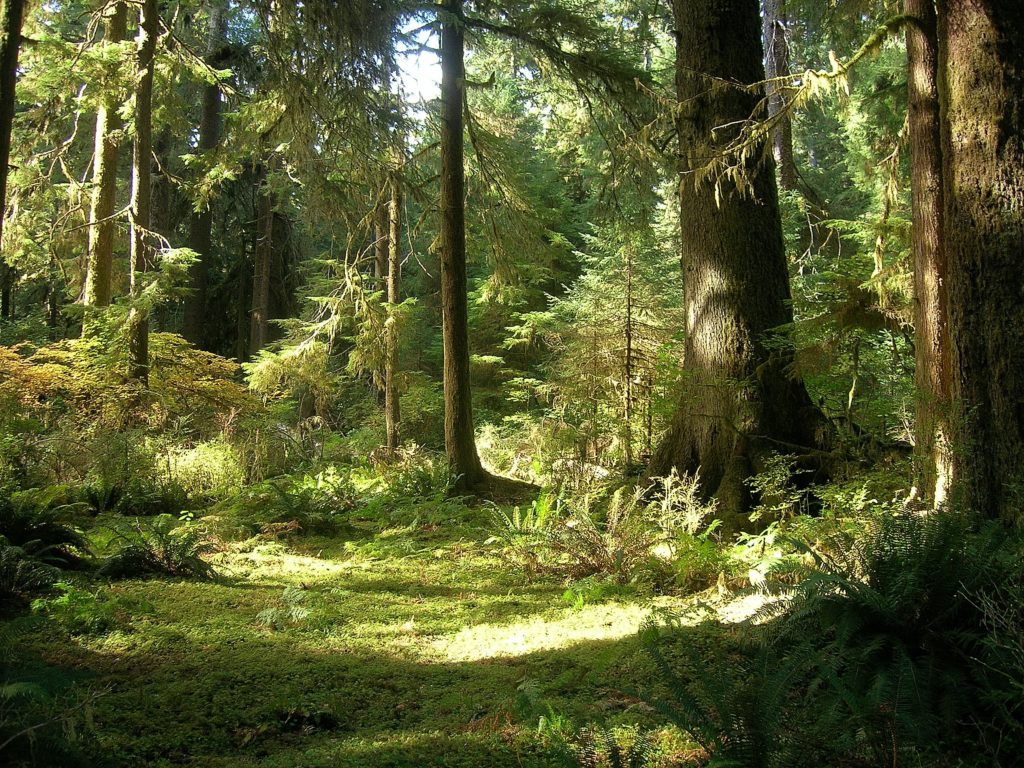The Guild’s role in old growth policy

Old-Growth Forest on the Oak Ridge Reservation TN
Written by Zander Evans and Rhiley Allbee
All Guild members can agree on the value of old growth forests. Old growth forests offer critical ecosystem services. They provide wildlife habitat, stabilize hydrological regimes, facilitate nutrient cycling, store carbon, and contribute to numerous other ecological processes. The unique structures and attributes of old growth forests support a wide range of species, including some that are old growth obligates. Old growth forests inspire a sense of awe, offer recreational opportunities, and hold spiritual value for many of us.
Given the importance of old growth forests, it is not surprising that in 2022, the Biden administration released Executive Order (EO) 14072 on old growth and mature forests. The EO highlighted the need to protect old forests in the face of increased stress from climate change and invasive species. After its release, it became clear that some more radical campaigners planned to use the EO to advocate for a halt to management in stands more than 80 years old. This resuscitation of a zero-cut agenda would be counterproductive to the preservation of old forests and push an intensification of timber harvesting to areas with less stringent environmental oversight. The Guild submitted comments to this effect, along with many other conservation organizations.

Photo by members of the Physical Science Department of Olympic National Park.
Since then, the Guild has continued to actively engage in the policy discussions around the EO. Rhiley Allbee, the Guild’s Coordinator in Washington state, has compiled an in-depth look at how forest collaboratives have addressed old growth forests. The Collaborative Forest Landscape Restoration Program has brought together people who care about forests to find common ground in particular landscapes across the country. In many cases, they have come up with site specific and effective ways to preserve old forests. These approaches can offer models for the US Forest Service implementation of the EO. The Guild also brings our collective experience in efforts to foster old forest characteristics in younger forests – as discussed in our autumn 2022 edition of the Forest Steward magazine.
As part of their implementation of the EO, the US Forest Service developed a narrative framework and working definitions for old growth and mature forests based on pre-existing definitions and discussions with collaborators. This allows for stable and long-term common definitions of old growth and mature forests that can be used across regions and forest types. The working definitions are directed by the narrative framework while being specific to regions and forest types and containing quantitative criteria that reflect measurable structural characteristics. Using these definitions, the US Forest Service inventoried and mapped initial estimates of old growth and mature forests across Forest Service and BLM lands showing a combined total of about 33 million acres of old-growth and about 80 million acres of mature forest. These figures represent 18% and 45% of all forested land managed by the two agencies, respectively. The information from this initial inventory will be used to assess threats and inform forest management as required by the EO. You can access and read further on the Fulfillment of Executive Order 14072, Section 2(b): https://www.fs.usda.gov/sites/default/files/mature-and-old-growth-forests-tech.pdf.
The Guild is currently working with other conservation organizations to respond to the US Forests Service request for feedback on old growth and mature forest mapping.
